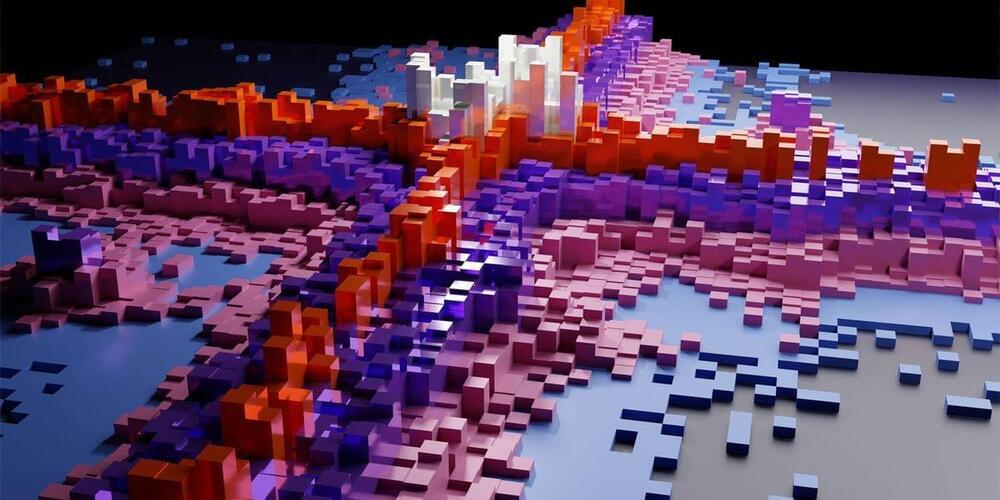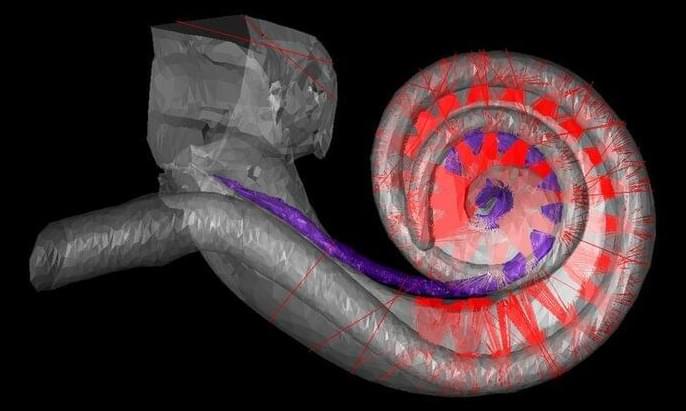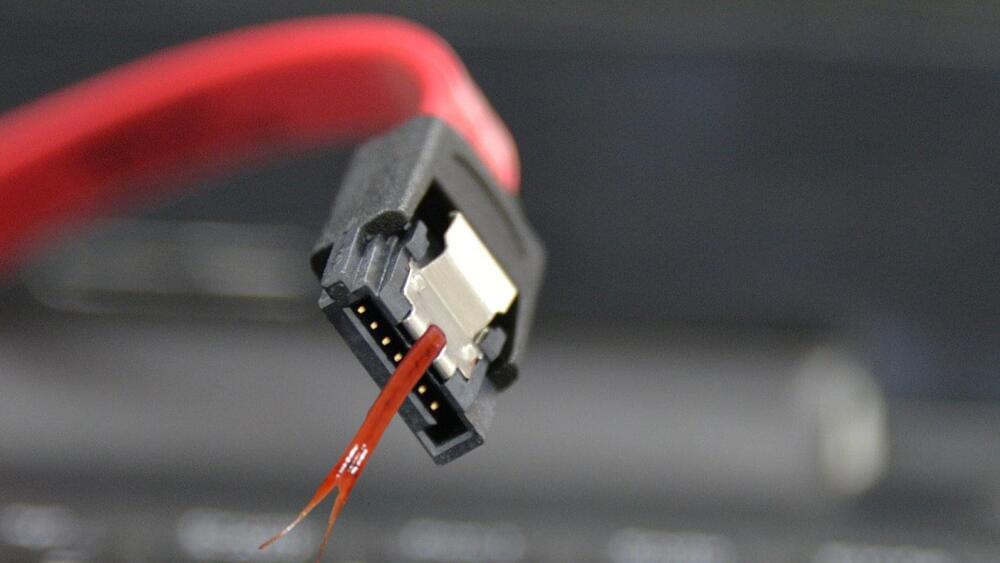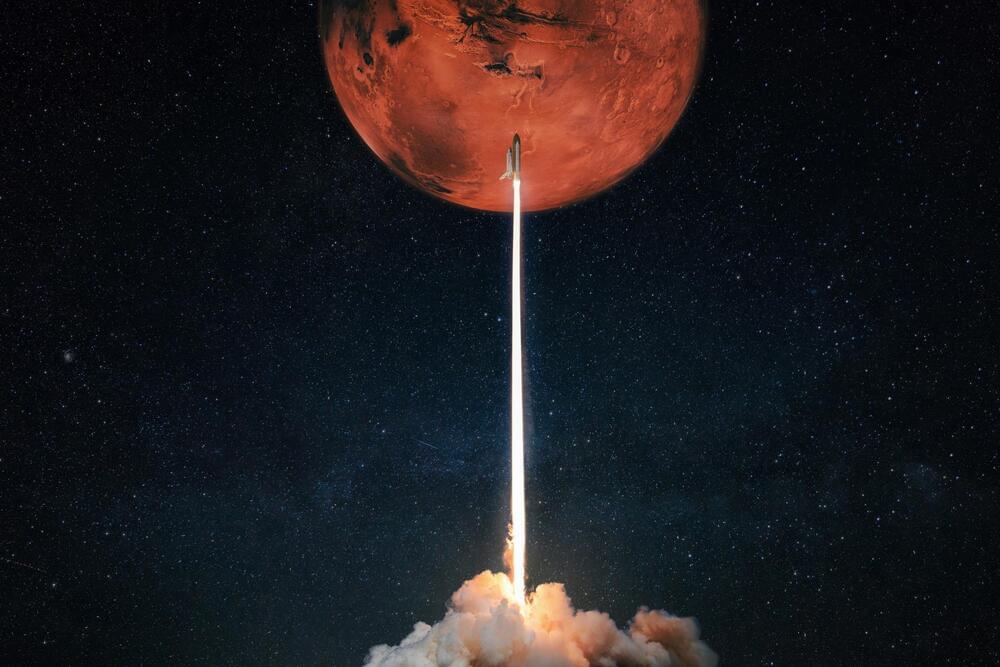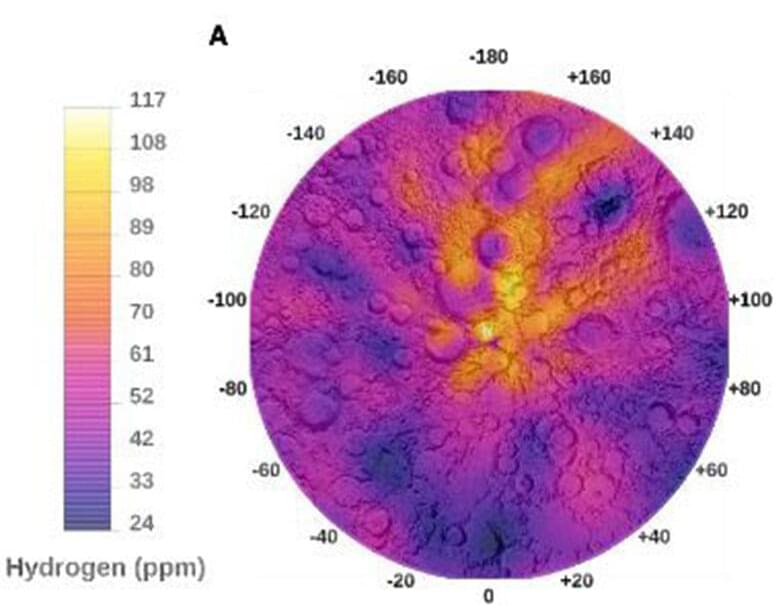
Using data collected over two decades ago, scientists from the Johns Hopkins Applied Physics Laboratory (APL) in Laurel, Maryland, have compiled the first complete map of hydrogen abundances on the Moon’s surface. The map identifies two types of lunar materials containing enhanced hydrogen and corroborates previous ideas about lunar hydrogen and water, including findings that water likely played a role in the Moon’s original magma-ocean formation and solidification.
APL’s David Lawrence, Patrick Peplowski and Jack Wilson, along with Rick Elphic from NASA Ames Research Center, used orbital neutron data from the Lunar Prospector mission to build their map. The probe, which was deployed by NASA in 1998, orbited the Moon for a year and a half and sent back the first direct evidence of enhanced hydrogen at the lunar poles, before impacting the lunar surface.
When a star explodes, it releases cosmic rays, or high-energy protons and neutrons that move through space at nearly the speed of light. When those cosmic rays come into contact with the surface of a planet, or a moon, they break apart atoms located on those bodies, sending protons and neutrons flying. Scientists are able to identify an element and determine where and how much of it exists by studying the motion of those protons and neutrons.


